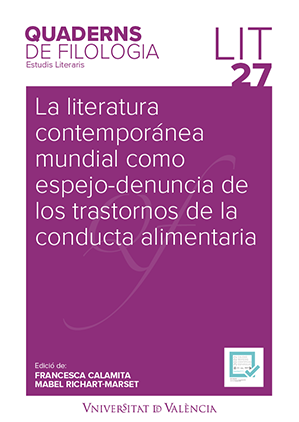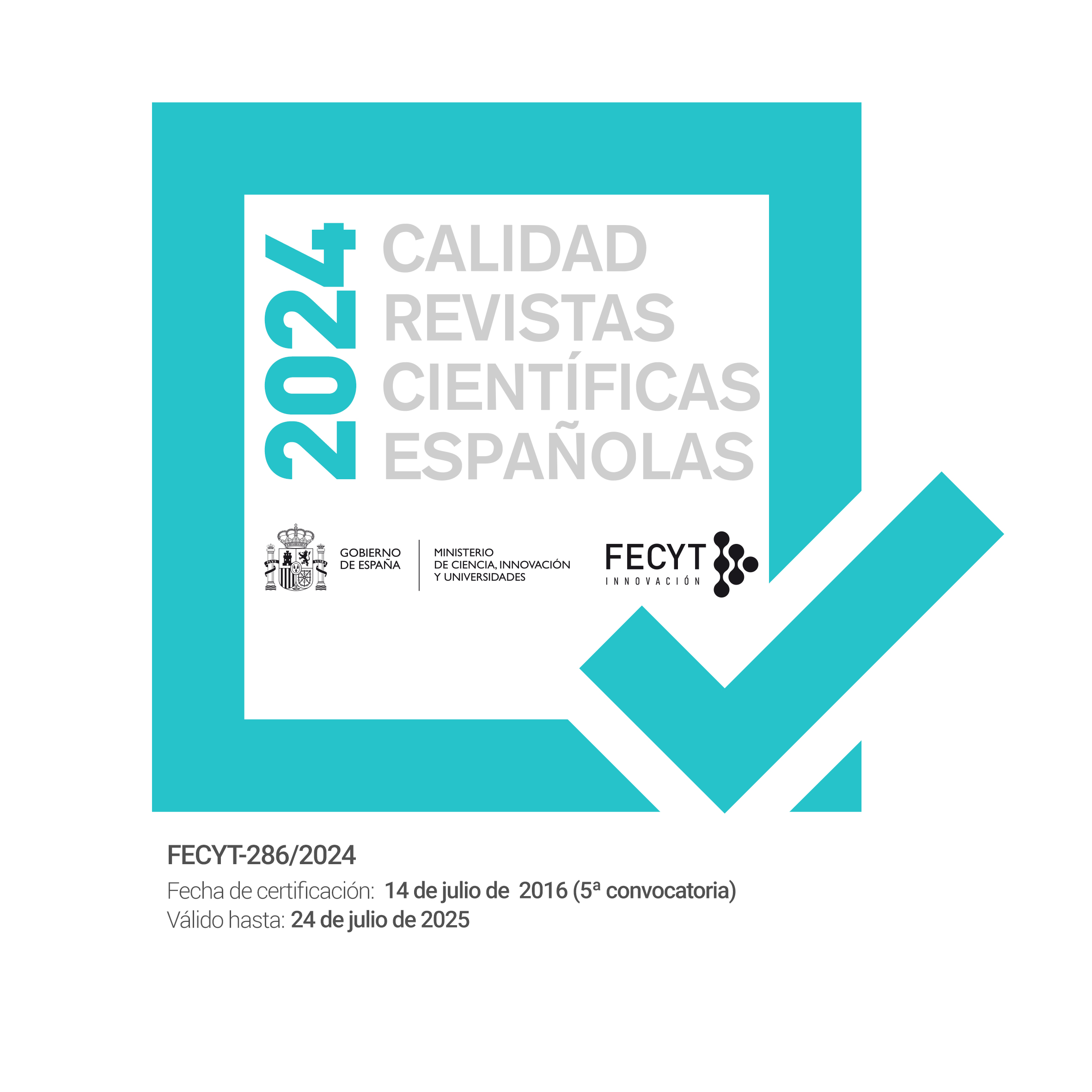Anorexia and bulimia in the light of Lacan's graph of desire
DOI:
https://doi.org/10.7203/qdfed.27.25733Keywords:
anorexy, bulimia, psychoanalysis, Freud, Lacan, topology Abstract
Abstract
In this text we deal with feeding problems in the light of what is known in Lacanian terms as the graph of desire. This dates from the years 1958-59 when Lacan gave his seminar on Desire and its interpretation, currently published as number 6 of the Seminar in the official edition of Jacques-Alain Miller in 2013. It appears again in the essay “Subversion du sujet et dialectique du désir dans l’inconscient freudien”, published in 1966 in his book Ëcrits. Lacan’s topologies have the virtue of clarifying pathological phenomena and shedding light on them, as well as the structure of the personality. An unavoidable place of passage will be the Freudian theory of the oral drive, which constitutes the discovery of the central problem of this pathological phenomenon, and the basis on which all subsequent psychoanalytic developments are based.
 Downloads
Downloads
Downloads
Published
How to Cite
-
Abstract843
-
PDF (Español)793
Issue
Section
License
 Este obra está bajo una licencia de Creative Commons Reconocimiento-NoComercial-SinObraDerivada 4.0 Internacional.
Este obra está bajo una licencia de Creative Commons Reconocimiento-NoComercial-SinObraDerivada 4.0 Internacional.
Authors who publish with this journal agree to the following terms:
- Authors retain copyright and grant the journal right of first publication with the work simultaneously licensed under a Creative Commons Attribution License that allows others to share the work with an acknowledgement of the work's authorship and initial publication in this journal.
- Authors are able to enter into separate, additional contractual arrangements for the non-exclusive distribution of the journal's published version of the work (e.g., post it to an institutional repository or publish it in a book), with an acknowledgement of its initial publication in this journal.
- Authors are permitted and encouraged to post their work online (e.g., in institutional repositories or on their website) prior to and during the submission process, as it can lead to productive exchanges, as well as earlier and greater citation of published work (See The Effect of Open Access).




